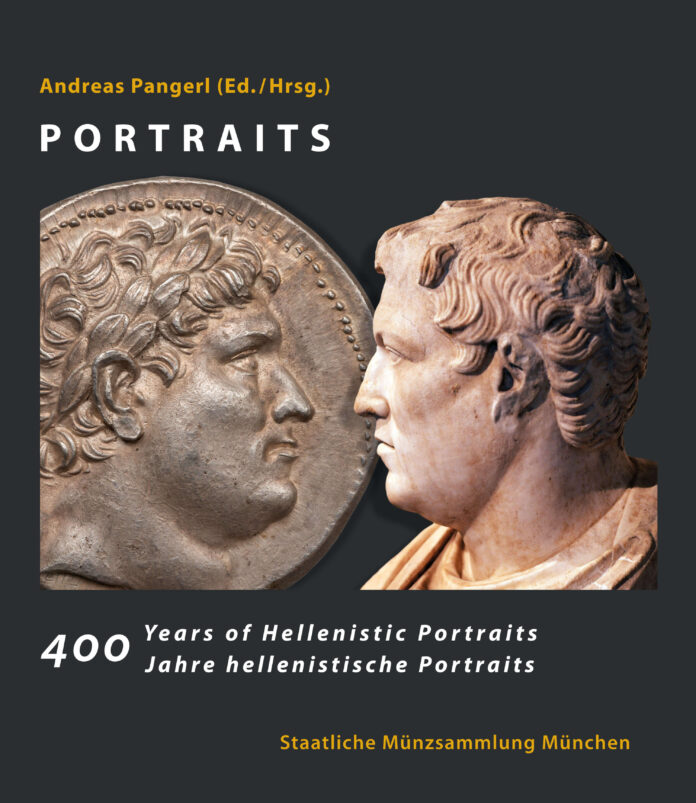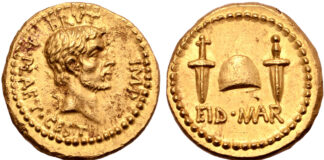
What could be nicer than leafing through a magnificent picture book ? Andreas Pangerl, who may already be known to many readers for his photographic Portrait Gallery of Roman Emperors, has set out to put his Roman emperors to one side and turning to the Hellenistic kings and rulers and, by doing so, he once again demonstrates his talents in the field of photography.
As there has been to date no German-language book like Davis – Kraay, The Hellenistic Kingdoms. Portrait coins and history, 1973, an excellent work although it may appear too scholarly for some, Pangerl’s book neatly fills a gap. From this aspect though, it is puzzling why some of this book’s articles were written in English – and in a form of English that very often does not comply with the linguistic practises of Oxford and Cambridge at that, presenting instead what appears to be a very personal approach to that language.
Special mention should be made of the fact that the book is not limited to the core period of Hellenism, which is normally confined to the time span between the death of Alexander the Great in 323 BC and the battle of Actium in 31 BC. Pangerl extends the era of Hellenistic portraits by adding around 100 years before and 100 years after to the traditional time frame. These figures add up to more than a period of 400 years as the book proclaims in its title. Nevertheless it might be just such additions, which present some Persian satraps and the widely unknown progeny of Herod the Great to the reader, that may induce some prospective buyers to pay the not insignificant price of 69 Euros.
The pictures are well photographed and beautifully reproduced by the printer, all presented in an attractive layout. Thus the images awake the desire to learn more about the persons depicted on these coins. The book’s author, however, could not bring himself to confront his readers with the exciting and sometimes criminal lives of the people concerned. On the contrary, he seems to align himself with those literature professors who no longer want their students to face the horrific events of Shakespeare’s dramas. To do otherwise would have gone too far in the direction of the excellent book by Davis and Kraay. In order to avoid this limitation from becoming a drawback, the publisher was able to win over a number of academics to contribute essays on Hellenistic portraiture to the voluminous book. Many of the papers have nothing to do with the beautifully photographed coins. Consequently, the essays may be understood as broadening the range of this book, especially since some of the contributions are of a highly learned quality, so there is something for everyone. This may perhaps be the reason why the Staatliche Münzsammlung München has ennobled this book by including it in its publication series.
Andreas Pangerl’s book once again demonstrates what interested laypersons and collectors, among whom are excellent connoisseurs, can contribute to the range of numismatic books. The spectrum reaches from Friedrich Imhoof-Blumer, Hans von Aulock and Rudolf Hilbert, who, a short while ago, published his very scholarly corpus of Milesian electron coins, to Andreas Pangerl, who wants to delight us with this coffee table-book. Floreat diversitas!
You can order publications of the Staatliche Münzsammlung München through their shop.
While the museum and its shop is closed you can also contact the author directly via e-mail to order a copy of his book.
Of course we presented also Andreas Pangerl’s book on the Roman portrait art.
And if you are curious to learn more about the reviewer, you will find Johannes Nollé’s portrait in our Who’s who.



